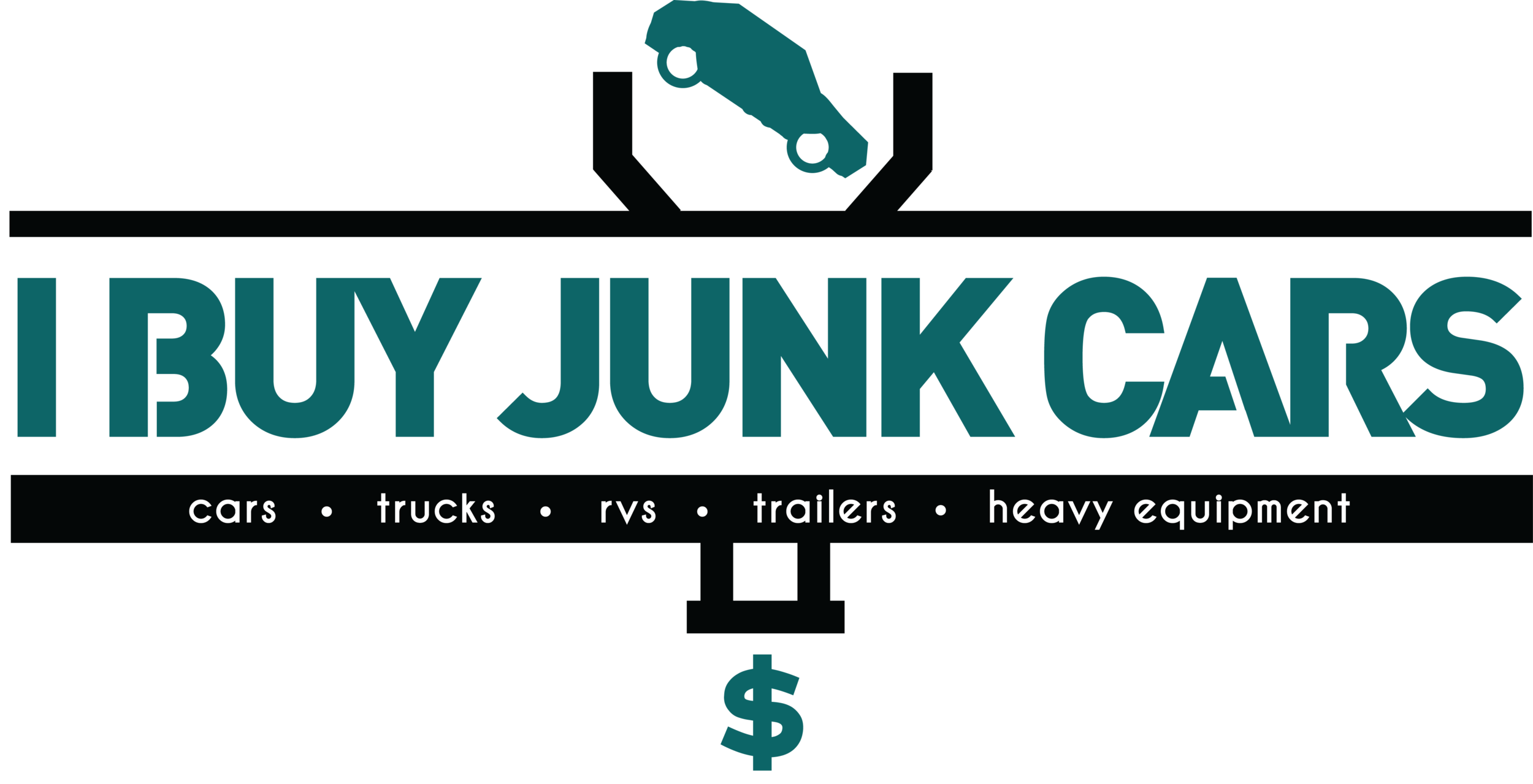How Cars Are Recycled
Imagine 50 years ago when people didn't know how to dispose of a no longer functioning vehicle. Junkyards were piled up and unsightly trash and old cars could be seen from town all over the country. More than 80% of vehicles can be recycled or reused, and fortunately, today, we have the resources and knowledge to break down vehicles when they're no longer in use. So, exactly how are cars recycled?
Below is a simple guide to the junk car recycling process. Car recycling is usually broken down into the following steps:
Depollution
Car recycling starts with removing the engine and car fluids to ensure proper disposal. Think of all the different types of fluids in a vehicle and how, if improperly disposed of, they could damage the environment. Car fluids include oil, gasoline, brake fluid, coolant, and more. Depollution makes vehicles safer to be recycled and is better for the environment.
Dismantling
The next step is to dismantle the vehicle in search of reusable parts. The everyday car owner doesn't realize how many parts can be scrapped and reused. From the car engine to the stereo system and even the axles and seats can all be recycled, so this step of the junk car recycling process is crucial.
Crushing and shredding
Once the reusable parts are removed, crushing the remains helps the vehicle take up less space before ending up at the car shredder. The shredding process breaks down the leftover crushed car into smaller (hand-sized) pieces.
The shredding machine breaks the vehicle into scrap steel and aluminum, which can then be sold as the aptly named scrap metal. Today more than 85% of the United States' new steel is made up of recycled materials!
Resource recovery and mixing metals
Before sending to manufacturers, other metals and the scrap metal are combined to make the metal stronger and then molded into new car frames. At this time, the shredded materials need separating into ferrous and non-ferrous metals. The ASR, or Auto Shredder Residue, are the parts of the shredded vehicle that cannot be recycled and consist of rubber, plastic, wood, glass, dirt, paper, and sometimes hazardous material like cadmium or lead.
Also known as "auto-fluff" in the industry, this material is roughly 15-20% of the vehicle's make-up and is sent to landfills. We see newer and better solutions each year to separate ASR and waste less as technology advances.
Sending to manufacturers
The last step of the car recycling process is to send the scrap metal to manufacturers. This recycled material is used to produce new automobile frames and send new cars to car lots. This process helps manufacturers keep costs down as it costs them less to use the recycled materials than starting from scratch. It also benefits the steel industry and the public through reduced emissions.
Though the process requires education and proper equipment, recycling of old vehicles helps the environment by disposing of potentially hazardous materials properly and keeping emissions down.
Following proper vehicle recycling processes also lowers costs for the automotive industry, whether or not that is passed on to the consumer, we're uncertain. At least we do know that car recycling and reusing old car parts is better than leaving an old or junk car sitting and rusting in the backyard.
If you are in the Phoenix Metro area and want a no-hassle cash quote for an old, wrecked, unwanted, salvage or burned car, SUV, van or truck, give us a call at I Buy Junk Cars. 480-771-8290.

